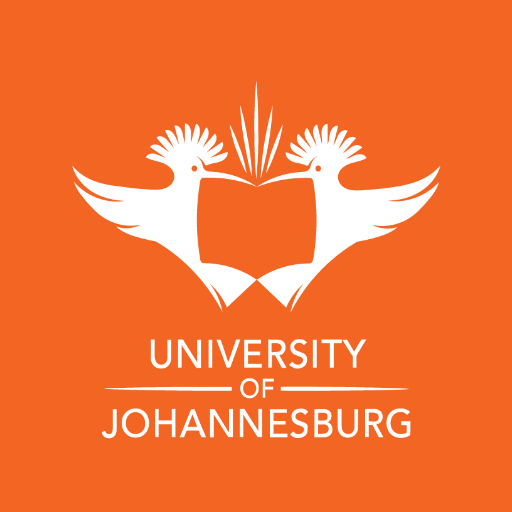Miner’s Companion
Fanagalo is a pidgin (simplified language) based primarily on Zulu, with English and a small Afrikaans input. It is used as a lingua franca, mainly in the gold, diamond, coal and copper mining industries in South Africa and to a lesser extent in the Democratic Republic of the Congo, Namibia, Zambia, and Zimbabwe. Although it is used as a second language only, the number of speakers was estimated as “several hundred thousand” in 1975. As English became the lingua franca enabling different tribes in the same country to communicate with each other, Fanagalo use declined.
Fanagalo is the only Zulu-based pidgin language, and is a rare example of a pidgin based on an indigenous language rather than on the language of a colonising or trading power. The name “Fanagalo” comes from strung-together Nguni forms fana-ga-lo meaning “like + of + that” and has the meaning “do it like this”, reflecting its use as a language of instruction.
Fanagalo was used extensively in gold and diamond mines because the South African mining industry employed workers on fixed contracts from across southern and central Africa: including Congo, Zimbabwe, Zambia, Botswana, Malawi and Mozambique. With workers originating from a range of countries and having a vast range of different mother tongues, Fanagalo provided a simple way to communicate and is still used as a training and operating medium. Fifteen hours instruction was considered sufficient for an initiate to become reasonably fluent.
